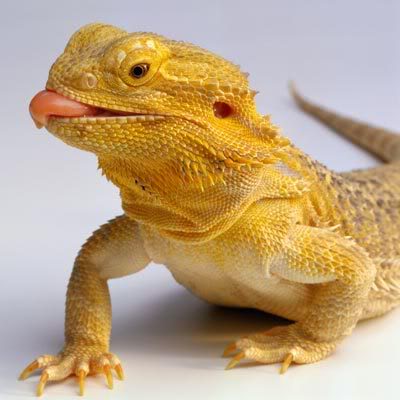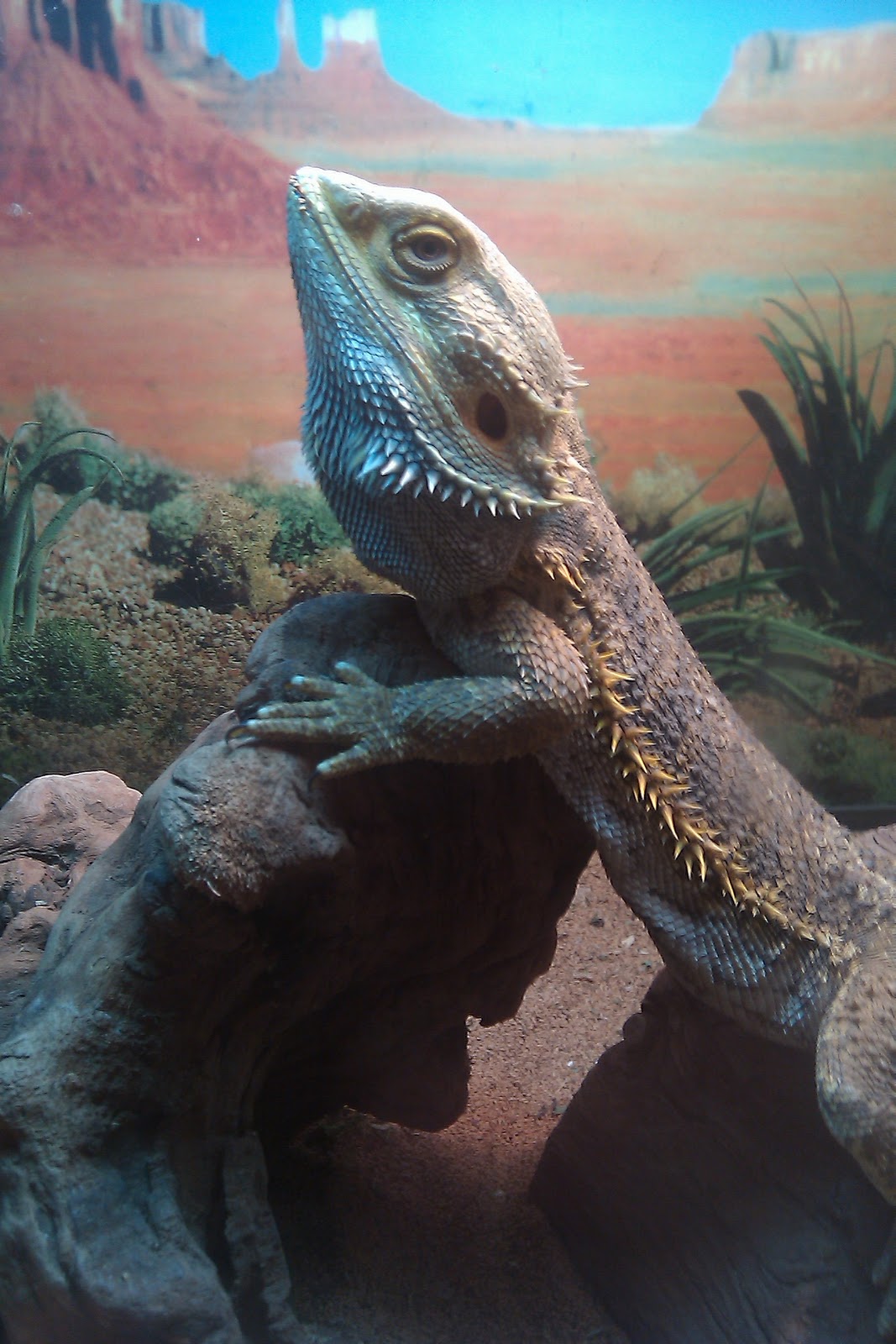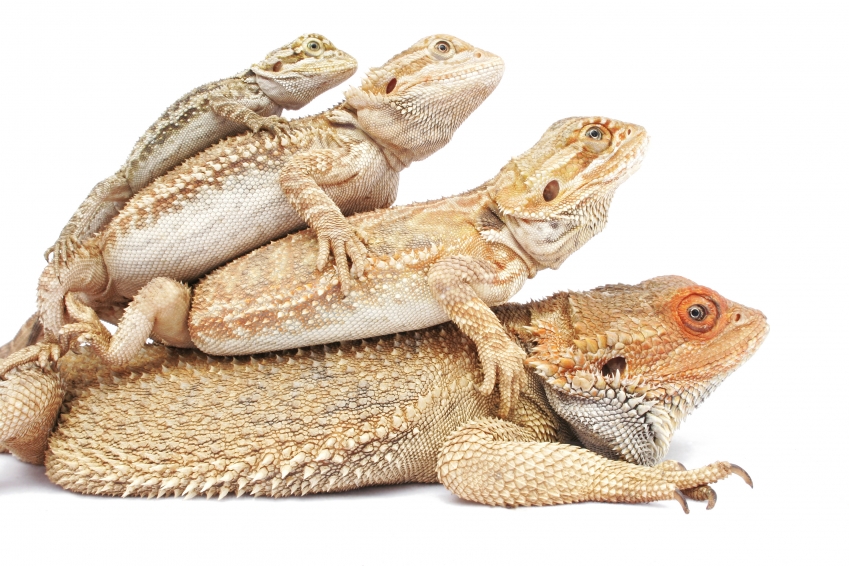Why Your Bearded Dragon's Beard Turns Black: All You Need to Know
Why Does Your Bearded Dragon’s Beard Turn Black?
Bearded dragons are popular pets because of their unique appearance and playful personality. As a beginner, you might have noticed that your bearded dragon’s beard turns black at times. This can be concerning, but it is actually a normal behavior for these reptiles. In this blog post, we will explore the reasons behind this phenomenon and what you can do to keep your pet healthy and happy.
Reasons Why Your Bearded Dragon’s Beard Turns Black
1. Temperature Changes
Bearded dragons are cold-blooded animals, and therefore, they require specific temperature ranges to regulate their body temperature. The color change in their beard is a reaction to the temperature changes in their environment. When they get too cold or too hot, their beard changes color as a way of controlling their body temperature. Therefore, if you notice the color change in your bearded dragon’s beard, consider adjusting the temperature in their habitat to maintain the right range.
2. Mood Changes
Your bearded dragons can change their beard color as a way of expressing their mood. This can be a warning sign for their owners that they are upset, stressed, or threatened. When they feel threatened or stressed, they puff out their beard and turn it black as a way of intimidating their predators. Conversely, when they feel relaxed and happy, their beard can turn light or even white.
3. Shedding
Bearded dragons, like any other reptile, shed their skin regularly. During this process, which occurs every few months, they might change color, including their beard. This is a normal process and nothing to worry about, but it is vital to ensure that you provide enough water and vitamins to aid in the shedding process.
What To Do When You Notice A Change In Your Bearded Dragon’s Beard Color
As a beginner, seeing your bearded dragon’s beard change color might be worrying, but it is natural. However, to ensure that your pet remains healthy and happy, here are a few steps you can take:
1. Check The Temperature
Observe the temperature in their habitat and adjust it as needed. Ensure that the temperature ranges between 80°F-90°F during the daytime and drops to 70°F-75°F at night. You can use a thermometer or an infrared thermometer gun to monitor the temperature.
2. Monitor Your Bearded Dragon’s Mood
Pay close attention to your pet’s mood and behavior. Bearded dragons have their way of expressing themselves, and changing their beard color is one. Avoid disturbing or agitating your pet if you notice them turning their beard black.
3. Provide Enough Water And Vitamins
Ensure that your bearded dragon has enough water and vitamins to aid in the shedding process. At the same time, ensure that their habitat is clean and free of any dust or debris that could harm them.
Conclusion
Bearded dragons are fascinating pets to keep, and their beard color change is a natural behavior. However, as a beginner, it can be worrisome to notice a change in your pet’s appearance. Understanding the reasons why your bearded dragon’s beard turns black and what to do when you notice the color change is critical to ensuring that your pet remains happy and healthy.









